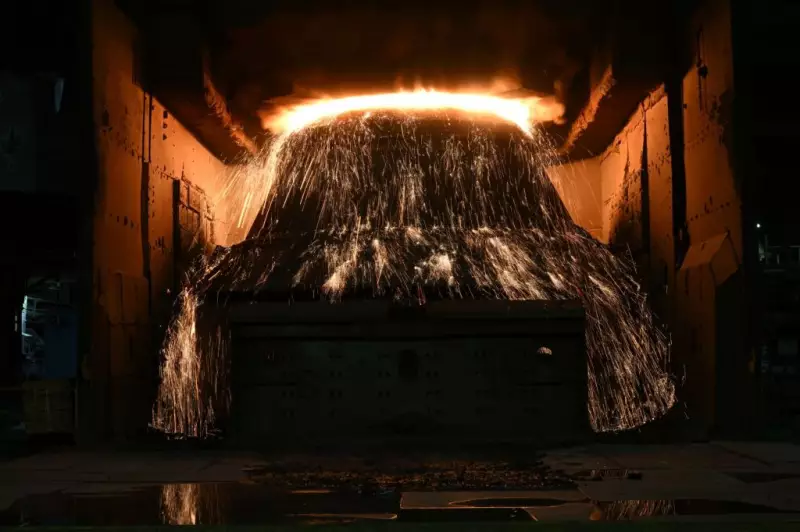
South Australia is positioning itself at the forefront of a global revolution in sustainable resource development, with ambitious plans that could see Australia lead the international green metals race. The state's unique combination of mineral wealth and renewable energy potential creates an unprecedented opportunity to transform traditional mining into an environmentally conscious industry.
The Foundation of South Australia's Green Metals Advantage
The state's strategy leverages its extraordinary natural assets, particularly the world-class copper, iron ore, and graphite deposits that are essential for renewable energy technologies. What sets South Australia apart is its complementary renewable energy capacity, with the state already generating approximately 70% of its electricity from wind and solar sources. This clean power infrastructure provides the foundation for producing low-emission metals that meet growing global demand for sustainable materials.
Industry leaders and government officials emphasize that South Australia's approach represents a fundamental shift from traditional mining practices. Rather than simply extracting raw materials for export, the state aims to establish complete value chains that process minerals using renewable energy, creating higher-value products while significantly reducing carbon emissions.
Transforming Critical Minerals into Economic Opportunity
South Australia's green metals opportunity centers on several key mineral resources that are crucial for the global energy transition. The state hosts some of Australia's most significant copper resources at projects like Olympic Dam and Carrapateena, along with substantial iron ore deposits in the Braemar region and emerging graphite developments. These materials form the backbone of clean energy technologies including electric vehicles, battery storage systems, and renewable energy infrastructure.
The economic implications are substantial. By processing these minerals domestically using renewable energy, South Australia could capture significantly more value from its resources while creating skilled employment opportunities in regional areas. This approach aligns with increasing international pressure for supply chains that demonstrate strong environmental credentials, particularly from major trading partners in Europe and North America.
Overcoming Challenges Through Strategic Partnerships
Realizing South Australia's green metals potential requires addressing several significant challenges. The state must develop substantial additional renewable energy generation to power energy-intensive processing operations, alongside building the necessary infrastructure including transmission lines and water management systems. Attracting the required investment represents another critical hurdle, though early interest from major international companies suggests strong market confidence in the concept.
Success will depend on effective collaboration between government, industry, research institutions, and local communities. The state government has already begun establishing the policy frameworks and investment incentives needed to accelerate development, while industry players are progressing feasibility studies and pilot projects that demonstrate the technical and commercial viability of green metals production.
As global demand for sustainably produced critical minerals continues to accelerate, South Australia's proactive approach positions the state to become a preferred supplier for international markets increasingly focused on environmental, social, and governance standards. The successful implementation of this strategy could establish a new template for resource development that balances economic growth with environmental responsibility.





